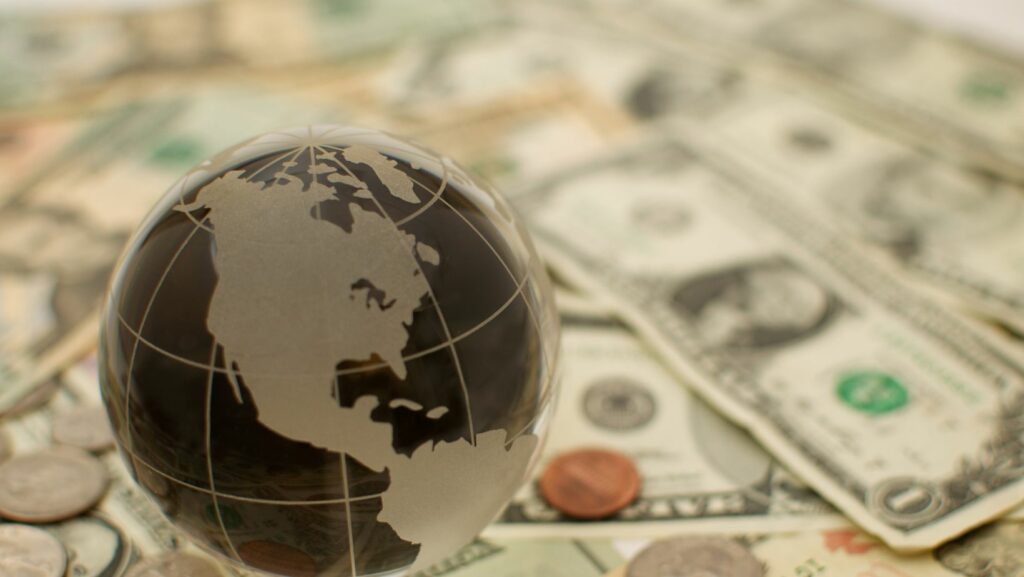How did the goals of MacArthur affect Japan’s economy in the decades following World war ii? for the decades that followed. His strategic decisions and policies not only aimed at rebuilding the war-torn nation but also laid the foundation for its remarkable economic resurgence. As I delve into the impact of MacArthur’s influence on Japan’s economy post-WWII, it becomes evident that his visionary approach set the stage for a transformative era in Japanese history.
The reforms implemented How did the goals of MacArthur affect Japan’s economy in the decades following World war ii?, ranging from land redistribution to industrial restructuring, had a profound and lasting impact on Japan’s economic trajectory. By examining the intricate interplay between MacArthur’s policies and Japan’s post-war economic development, we gain valuable insights into the factors that propelled Japan into becoming a global economic powerhouse.
How dDd the Goals of MacArthur Affect Japan’s Economy in the Decades Following World War II?
Economic Reforms and Policies
I implemented pivotal economic reforms and policies in post-war Japan. Initiating land redistribution and restructuring industries were fundamental to laying the groundwork for Japan’s economic revitalization. These measures reshaped Japan’s economic landscape, setting the stage for its emergence as a global economic powerhouse. My strategic decisions fostered sustainable growth, leading to Japan’s remarkable economic transformation.
Demilitarization and Its Economic Impacts

Demilitarization played a crucial role in Japan’s post-war economic landscape. By dismantling Japan’s military infrastructure and redirecting resources towards civilian industries, I facilitated the shift towards a peaceful, industrial economy. This transition not only promoted economic stability but also created opportunities for Japan to focus on rebuilding its industries and infrastructure. Demilitarization was a cornerstone of Japan’s economic resurgence, paving the way for its long-term economic prosperity.
Japan’s Economic Transformation in the 1950s and 1960s
Industrial Growth and Technological Advancement
In the 1950s and 1960s, Japan underwent a remarkable industrial transformation characterized by unprecedented growth and technological advancements. During this period, I witnessed Japan evolving from a war-torn nation to a manufacturing hub known for its innovation and efficiency. The strategic decisions made by General Douglas MacArthur, such as land redistribution and industrial restructuring, laid the groundwork for Japan’s economic boom.
Changes in Trade and International Relations

The 1950s and 1960s also marked significant shifts in Japan’s trade patterns and international relations. I observed that Japan’s economic policies, shaped in part by MacArthur’s reforms, fostered a more open and export-oriented economy. This strategic approach led to increased trade volumes with other nations, paving the way for Japan to become a major player in the global market.
Long-Term Effects of MacArthur’s Policies on Japan’s Economy
Modernization of Infrastructure
How did the goals of MacArthur affect Japan’s economy in the decades following World war ii?, Japan witnessed a significant modernization of its infrastructure over the ensuing decades. The investments in transportation, communication networks, and urban development propelled Japan towards becoming a technological and industrial hub.
Influence on Japan’s Political Economy

MacArthur’s policies not only reshaped Japan’s economic landscape but also wielded a profound influence on its political economy. The emphasis on democratic values, free-market principles, and regulatory reforms introduced under MacArthur’s administration fostered a conducive environment for business growth and foreign investment.
Comparison with Other Post-War Recovery Models
Germany’s Recovery Post WWII
Germany’s post-World War II recovery, often referred to as the “Wirtschaftswunder” or economic miracle, shares similarities with Japan’s revitalization under MacArthur’s directives. Both nations experienced rapid industrial growth and modernization following the devastation of the war. In Germany, the implementation of currency reform in 1948, the Marshall Plan aid, and the establishment of the social market economy were pivotal in fostering economic stability and growth.
South Korea’s Economic Development
South Korea’s economic transformation post-Korean War bears resemblances to Japan’s recovery led by MacArthur. Following the war, South Korea, under President Park Chung-hee’s leadership, implemented export-oriented industrialization policies similar to Japan’s focus on exports under MacArthur’s administration. Both countries prioritized investments in education and technology, fostering a skilled workforce adept at driving technological advancements and innovation.


